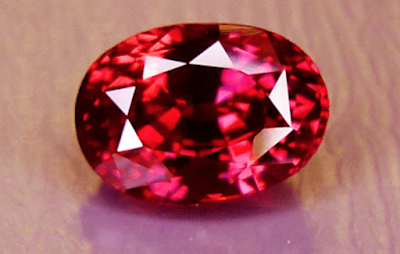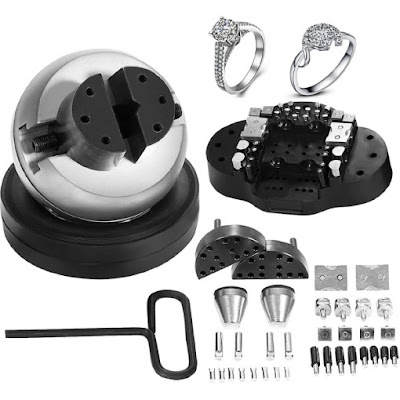How to Identify Red Stone Quickly
Gem identification involves finding clues and eliminating possibilities. What kind of clues? The optical and physical properties of the gem. Each time I measure or observe one of these properties, the “suspect pool” of possible gems gets smaller. I keep gathering more information until I have a set of properties that can only belong to one gemstone.
Let’s say someone asks me to identify a red stone with gem identification light. (“Is this a ruby?” is the form that question usually takes). Now, I should know a ruby when I see one, right? Well, sometimes I can be pretty sure if it’s a ruby or not just by a quick observation. However, I can’’t tell if it’s natural or synthetic without a more detailed analysis.
Narrowing the List of Suspects
To identify this red stone, I’m going to need something more useful than color and transparency. The most helpful information I can have are the properties known as refractive index and specific gravity. If I know one of these, the list of gems that could have that property is immediately reduced to a dozen or two. If I know both of these, the list may well be under ten possible gems.
The Art of Gem Identification
There is a point where identifying gems becomes an art. The final determination is made by human observation, combined with knowledge and experience, rather than measurements taken with precision instruments. This is especially true when it comes to separating natural from synthetic gems. Most measurable physical and optical properties of a synthetic ruby will be identical to those of its natural counterpart. Distinguishing natural and synthetic stones with jewelry testing equipment involves observing inclusions in gems through a microscope. In some cases, this is simple and straightforward. In other cases, this requires judgment based on experience. Microscopic details can be subtle!


评论
发表评论